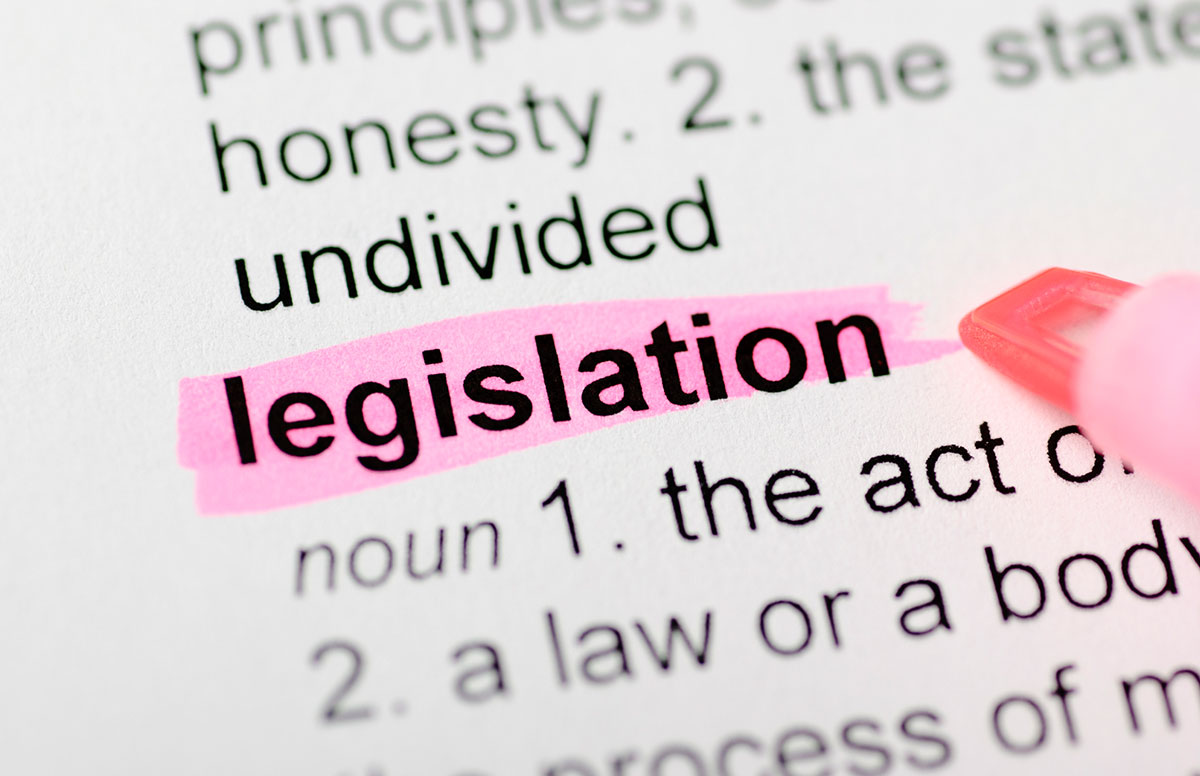The U.S. District Judge J. Campbell Barker of the Eastern District of Texas struck down a National Labor Relations Board (NLRB) final rule on March 8, which determines the standard for joint-employer status under National Labor Relations Act. The final rule, released in October 2023 and set to take effect March 11, would have rescinded an existing rule and replaced it with a broader standard that increased the likelihood of a joint employer determination.
Background
The rule at issue specifically affects joint employment under the National Labor Relations Act (NLRA), a federal law concerning the rights of private-sector employees to seek better working conditions, and union representation, without retaliation. The term “joint employer” means simply that two entities may each qualify as an employer of the same group of employees within the NLRA’s meaning of those terms.
This standard is important because, if one organization is determined to be a joint employer of the employees of a second organization, the first organization may be required to bargain with a union representing the second organization’s workers, and the first may be liable for unfair labor practices committed by the second.
The basic question is whether two entities, that are otherwise independent, share or codetermine essential terms and conditions of employment for a group of workers. This analysis commonly applies when one organization (“Company A”) contracts with second organization (“Company B”) to provide services, as aging services organizations do on a routine basis, and so we have been closely following the development of this rule.
Overview and Impact of the 2023 Rule
The NLRB in 2020 issued a rule establishing that an entity must exercise substantial, direct and immediate control over one or more essential terms and conditions of employment for another entity’s employees, for joint employment to be determined. This rule specifies wages, benefits, hours of work, hiring, discharge, discipline, supervision, and direction as the essential terms and conditions, and provides illustrations of how to apply the factors.
With its 2023 rule, the current Board intended to rescind the 2020 rule and replace it with a new standard that was broader in two respects. First, an entity (Company A) that retains the right to control one or more essential terms or conditions of employment, either directly or indirectly, could be found to be a joint employer, regardless of whether Company A actually exercises such control with respect to the employees of Company B. Second, the rule broadened the list of essential terms and conditions of employment, to include “work rules and directions governing the manner, means and methods of the performance of duties” and “working conditions relating to the safety and health of employees.”
Given how contracts for services are commonly written (for example, Company A may have basic health and safety standards that apply to anyone who provides services in its location, including employees of Company B), the impact of the 2023 rule would have been that more organizations could be found to meet the joint employer test and would therefore have a greater likelihood of the NLRA applying to certain groups of workers.
The Legal Challenge and Outcome
Shortly after the NLRB issued its final rule last October, the U.S. Chamber of Commerce and other business groups filed a lawsuit in federal court challenging the legality of the rule and seeking to block its implementation. The rule initially was set to take effect December 26, 2023, but the Board pushed the date to February 26, 2024, to allow the litigation to proceed.
The Texas court further extended the effective date to March 11, then issued an opinion and order vacating the rule on the evening of March 8. The Court found that the substance of the 2023 standard was inconsistent with a body of law developed by federal courts concerning the definition of employment, and so was broader than lawfully allowed. It also found the NLRB had not met the requirements of the Administrative Procedure Act in its rescission of the 2020 rule.
The effect of the court’s decision is that, for now, the 2023 final rule will not take effect, and the 2020 rule remains the operative joint employer regulation. During a 2022 public comment period, LeadingAge wrote to express serious concerns about this proposed standard, and the court’s decision is welcome news.
In a March 9 statement, NLRB Chairperson Lauren McFerran expressed disappointment with the outcome, noting that the Board is reviewing the decision and actively considering next steps in the case, which appears to signal that the agency will file an appeal. We will continue to monitor this issue in the months ahead.

 Budget Reconciliation 2025
Budget Reconciliation 2025 Update and Insights: SNF Off-Cycle Revalidations
Update and Insights: SNF Off-Cycle Revalidations


